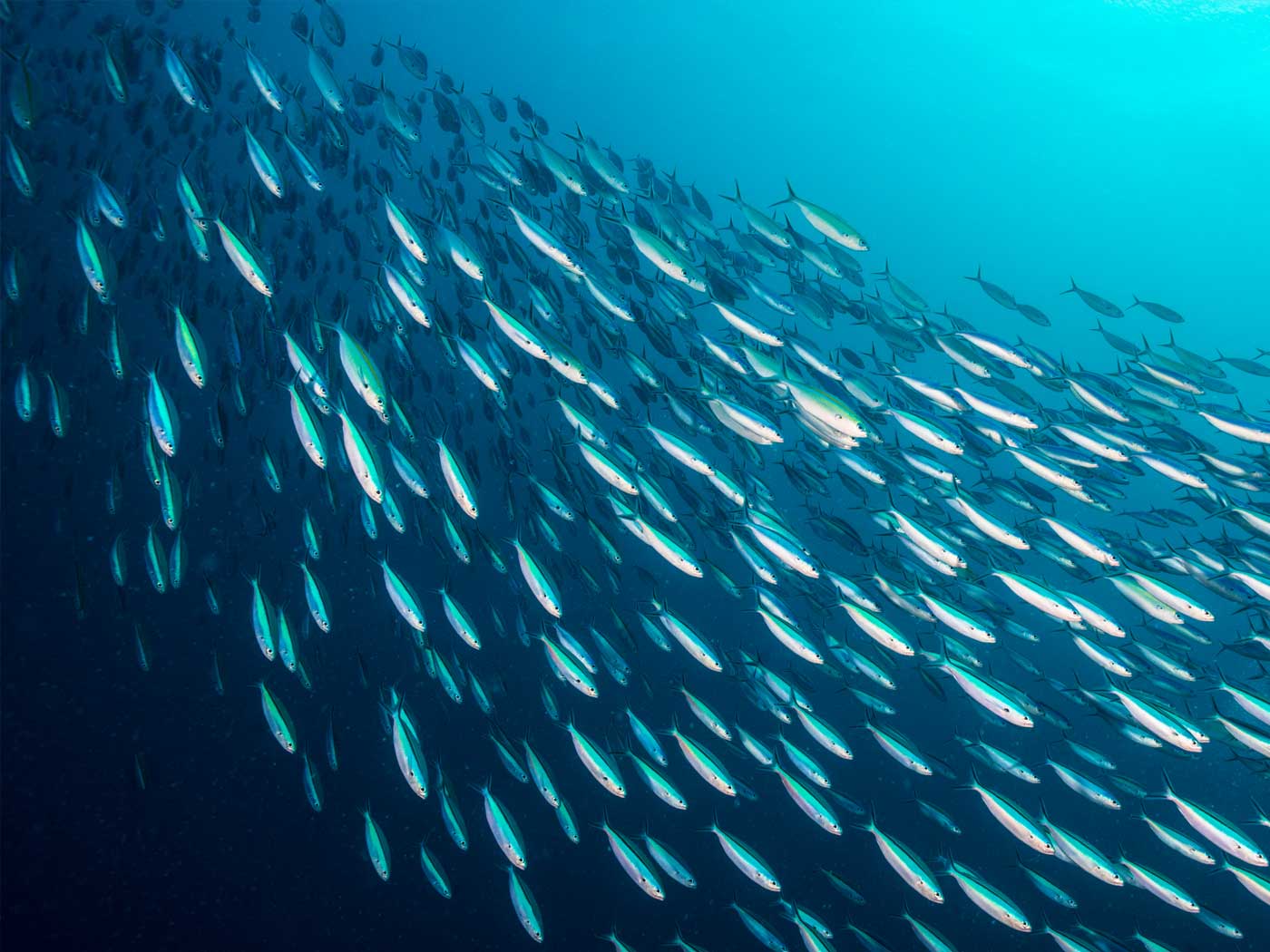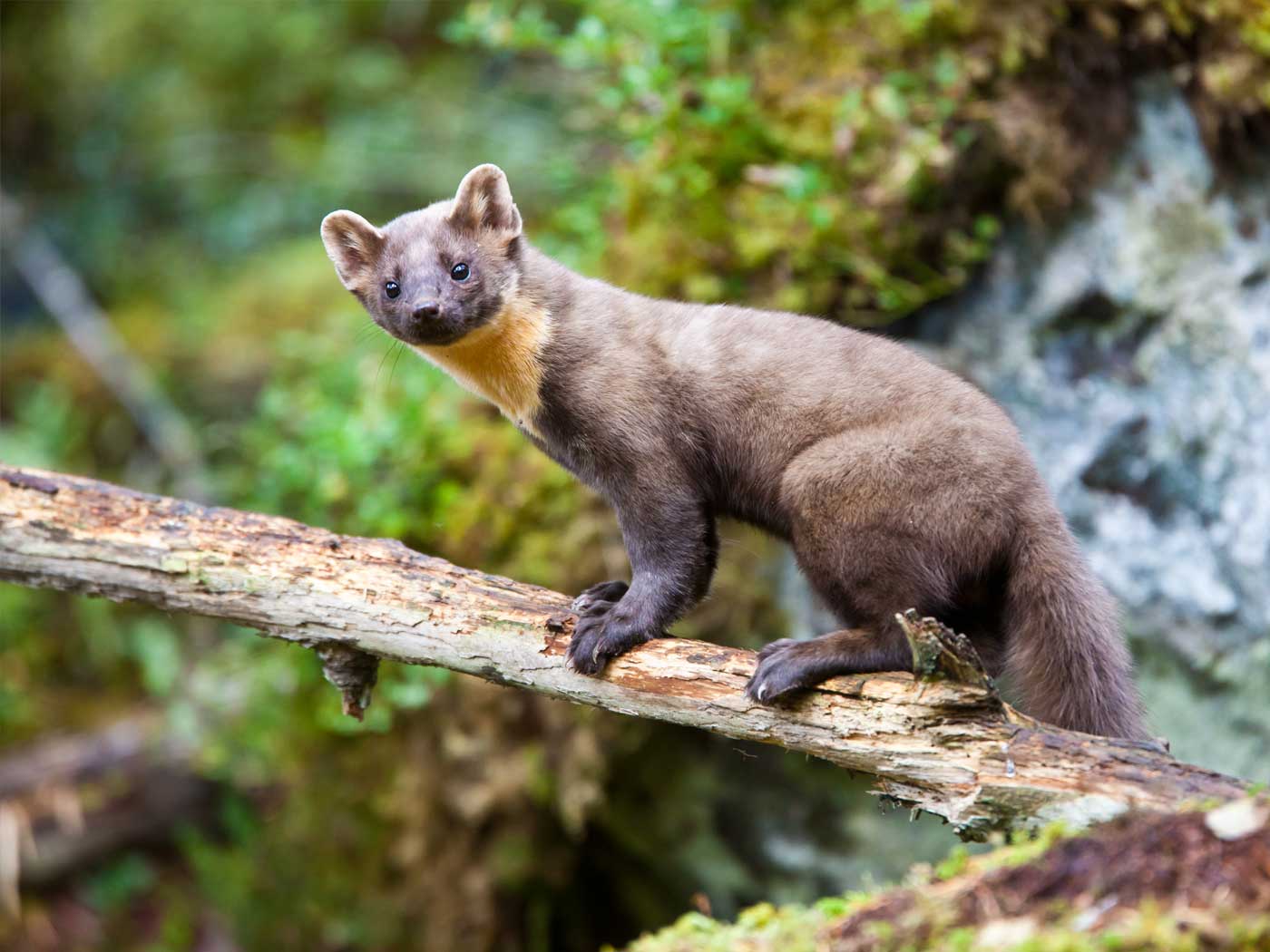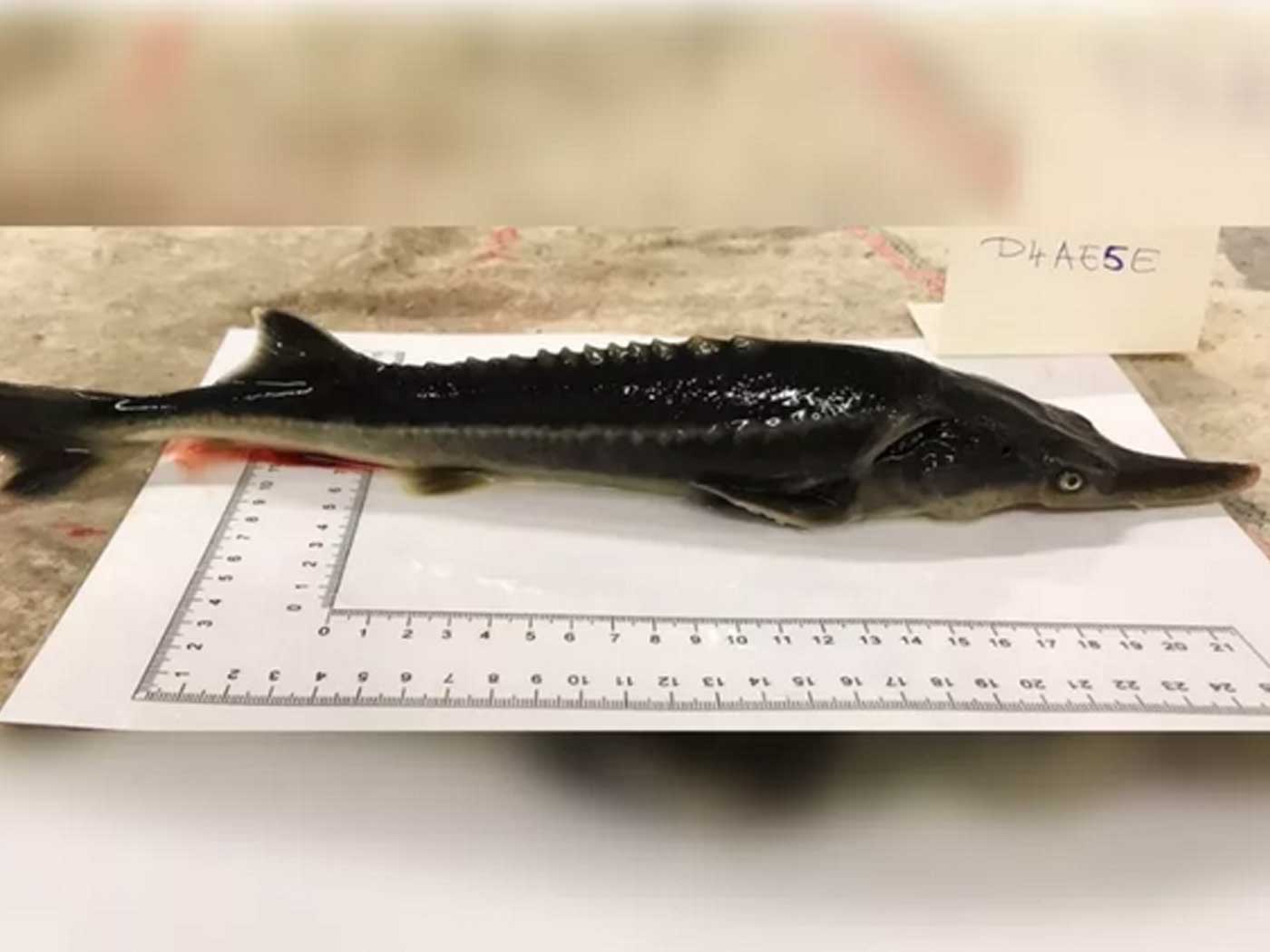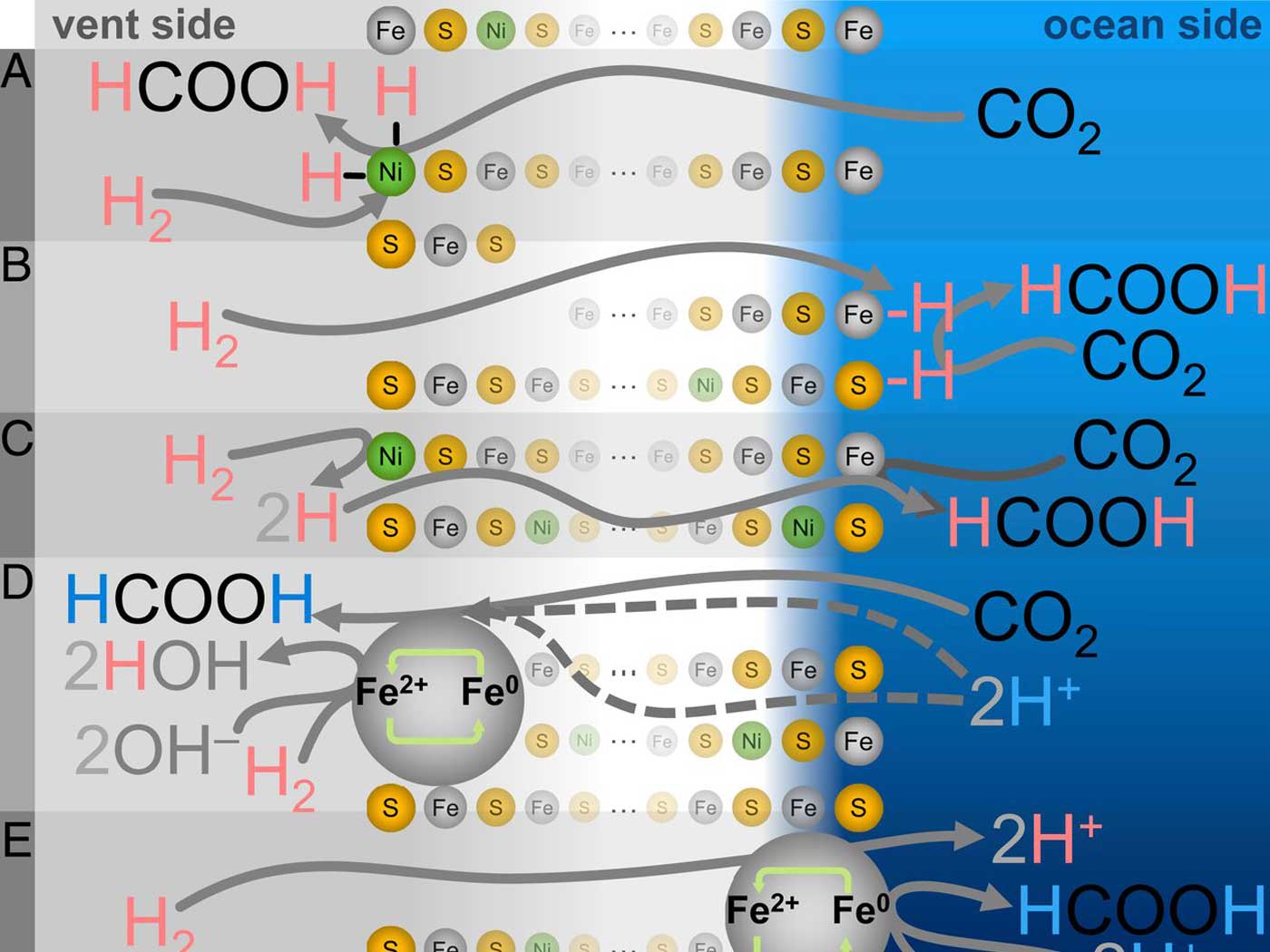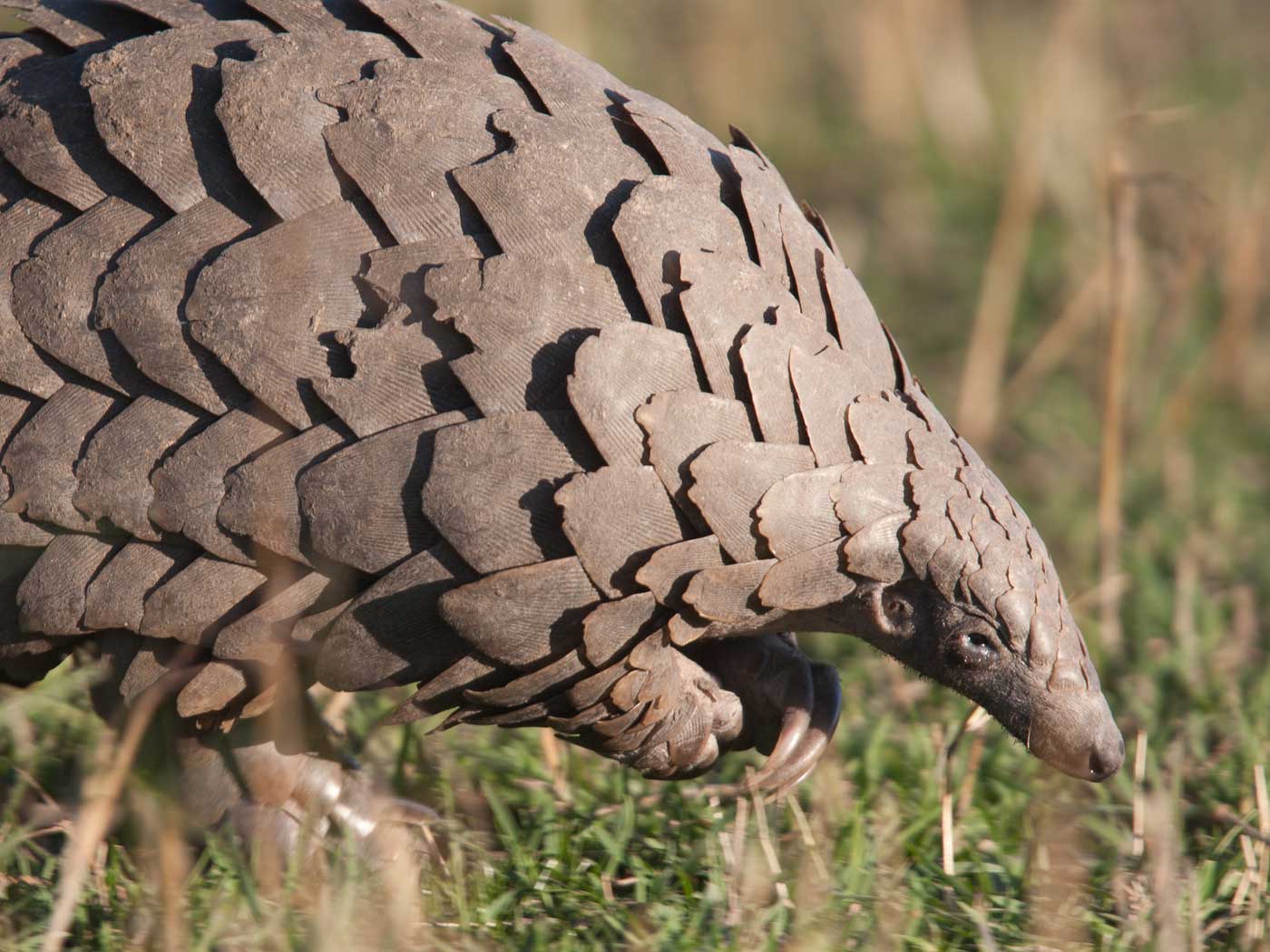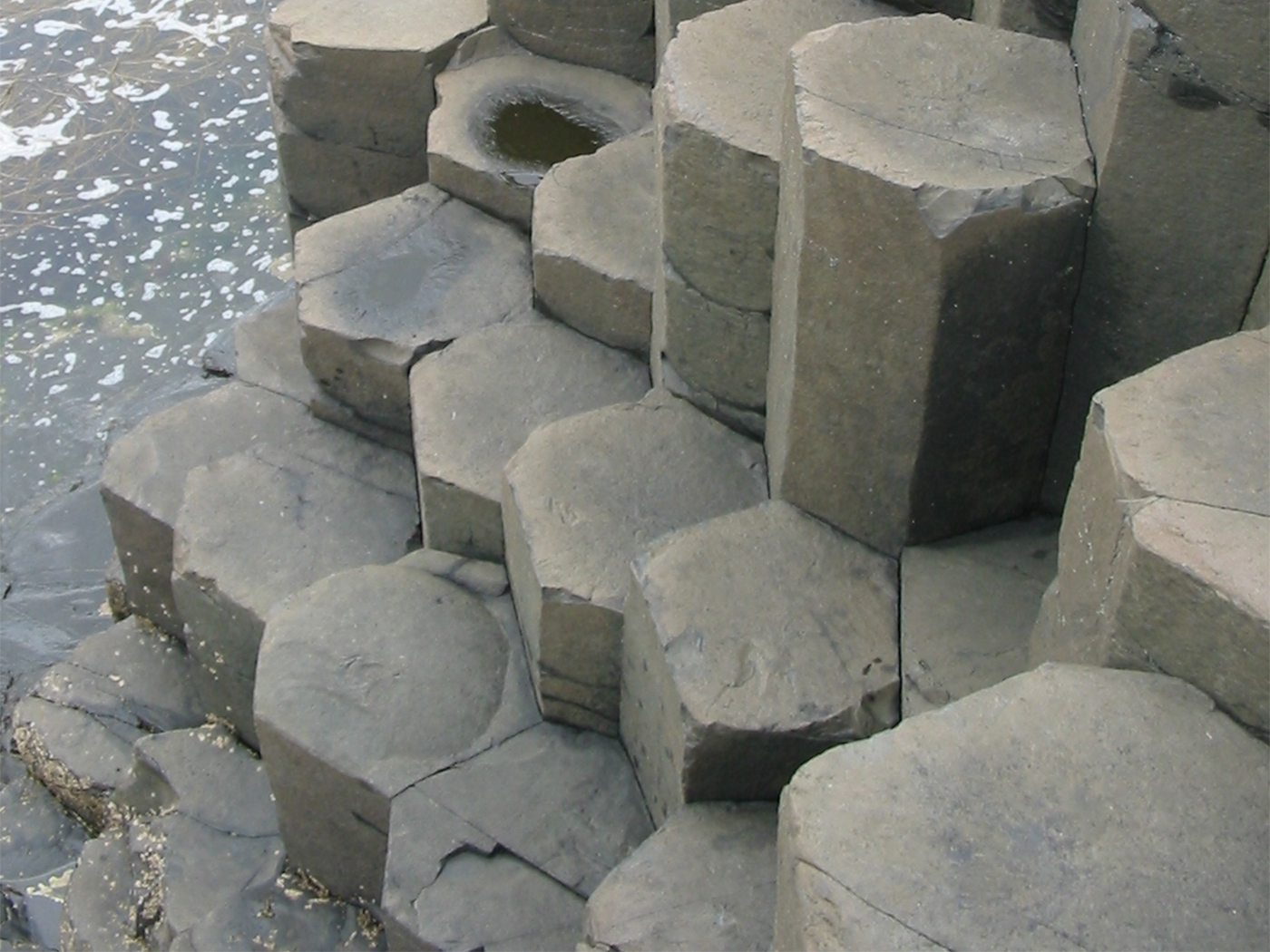Since the first entirely synthetic plastic was made in 1907,1 the plastic industry has grown exponentially. While it is difficult to estimate exactly how much plastic has been produced in the last century, it is well over nine billion tons.2 Although plastic is an invaluable material and has become an essential part of modern day life—in medicine, manufacturing, travel, and more—it does present a problem for humanity. Due to its composition, plastic can take quite some time to break down, and as manufacturers find new ways to strengthen and manipulate it, new estimates state that decomposition rates could be in the hundreds of years. A portion of this waste plastic finds itself in landfills, but approximately 8 million tons of plastic finds its way into the oceans each year, harming local ecosystems.3
Is there an answer to this issue? Is there a way to halt the damage plastic pollution is causing to our planet that doesn’t involve reshaping the industrialized world? Although it may be too early to know just yet, scientists may have found the solution.
In April of 2017, a team of scientists recorded the results of an experiment involving waxworms, the caterpillar larvae of the wax moth. The waxworm is typically considered a pest, particularly by beekeepers. Although the caterpillar will eat the cocoons, pollen, and shed skin of bees, it causes the most damage when it chews through the honeycomb structure of the beehive itself.4 The results of the experiment showed that after approximately 12 hours, 100 waxworms consumed 92 milligrams from a standard polyethylene shopping bag.5 This is a very small amount of plastic that will by no means make a dent in the tons of plastic waste that is produced globally, but it is a promising development. Christopher Lemoine of Brandon University in Manitoba states, “The waxworm and its gut bacteria must break down these long chains (in honeycomb), and presumably, because plastics are similar in structure, they can also co-opt this machinery to use polyethylene plastics as a nutrient source.”6
An army of plastic eating caterpillars is currently not a viable solution to the plastic pollution problem, but even more recently, scientists have discovered something that seems to be more practical for widespread use. A new strain of Pseudomonas bacteria, a family of bacteria well known for its survivability in harsh climates, was discovered at a waste site. The bacterium is the first known by scientists to attack polyurethane, and even uses it as fuel to continue feasting. Bacteria are a more practical option than caterpillars, but current estimates show that it would be at least a decade before this newfound bacterium could be harnessed for general use.7,8
Overall, there are over 50 known varieties of plastivores, or “plastic-eating organisms,” that could be further researched to deal with the plastic problem.6 Discovering more of God’s creativity and masterful design is part of the dominion mandate given to Adam and Even in Genesis.9 Whether the reason for discovery is to deal with manmade pollution, or just to learn more about the magnificent world the Creator has made, the glory is His alone!
References
1. History of Plastics. Posted on plasticsindustry.com, accessed March 30, 2020.
2. Humans Have Produced Nine Billions Tons of Plastic and Counting. Smithsonian Magazine Smart News. Posted on smithsonianmagazine.com July 20, 2017, accessed March 30, 2020.
3. Parker, L. The world’s plastic pollution crisis explained. National Geographic. Posted on nationalgeographic.com, accessed March 30, 2020.
4. Wax Moth—A Pest of Combs and Honey Bee Products. Agriculture Victoria. Posted on agriculture.vic.gov.au, accessed March 30, 2020.
5. Choi, C. Plastic Bags Are a Feast for This Caterpillar. Discover Magazine. Posted on discovermagazine.com April 24, 2017, accessed March 30, 2020.
6. Betz, E. Scientists Found a Caterpillar That Eats Plastic. Could It Help Solve our Plastic Crisis? Discover Magazine. Posted on discovermagazine.com March 4, 2020, accessed March 30, 2020.
7. Carrington, D. Scientists find bug that feasts on toxic plastic. The Guardian. Posted on theguardian.com March 27, 2020, accessed March 30, 2020.
8. Espinosa, M., et al. 2020. Toward Biorecycling: Isolation of a Soil Bacterium That Grows on a Polyurethane Oligomer and Monomer. Frontiers in Microbiology.
9. Genesis 1:28-29.
*Trey Bowling is Customer Service Manager for the Institute for Creation Research.
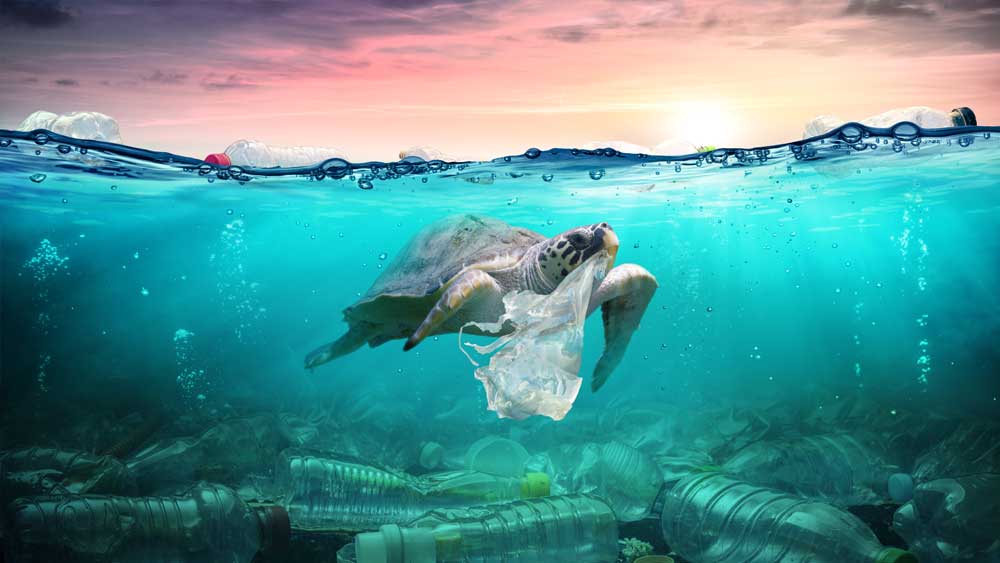
Are Plastivores the Best Solution to Our Plastic Problem?
The Latest
CREATION PODCAST
Four Moons That Indicate a Young Universe | The Creation Podcast:...
Earth has one moon, but Jupiter has many! What can we learn from our celestial neighbor's satellites? Do they indicate youth?
Host...
Creation Kids: Seeds and Sprouts
by Renée Dusseau and Susan Windsor*
You're never too young to be a creation scientist and explore our Creator's world. Kids, discover...
APOLOGETICS
Christ’s Creativity in Canyon Critters
Grand Canyon animals display many marvelous traits and behaviors as they live life in that harsh habitat. These canyon creatures succeed thanks to the...
Standing Against False Science
I’m Michael Stamp, and I’m in my 12th year as an editor at the Institute for Creation Research. It’s always an encouragement to see...
Oysters and Pre-Flood Longevity
The oyster species Crassostrea virginica, also known as the eastern oyster, is a prized seafood. Research has demonstrated that a fossil version of...
Galápagos Finches: A Case Study in Evolution or Adaptive Engineering?
A group of birds known as Darwin’s finches live in the Galápagos Islands, which are located in the Pacific Ocean 600 miles west of Ecuador....
Hot Springs National Park: Hydrothermal Springs Formed By The...
Hot Springs National Park is located about an hour southwest of Little Rock in the folded Ouachita Mountains of central Arkansas. It is the second smallest...
Why Biology Needs A Theory of Biological Design—Part 2
“Based on a true story” is included by movie producers to add authenticity, importance, and a flair of anticipation. So, my account of how...
Marine Fossil Tapeworm Is Still a Tapeworm
The Flood was both sudden and rapid. The burial of creatures—including delicate plants and soft-bodied animals like jellyfish1—occasionally...
CREATION.LIVE PODCAST
Ask, Seek, and Find with Dr. Brown | Creation.Live Podcast: Episode...
What is truth? Is truth absolute? Is it malleable as sensibilities and cultures shift?
Hosts Trey and Lauren are joined by Dr. Michael Brown to discuss...




